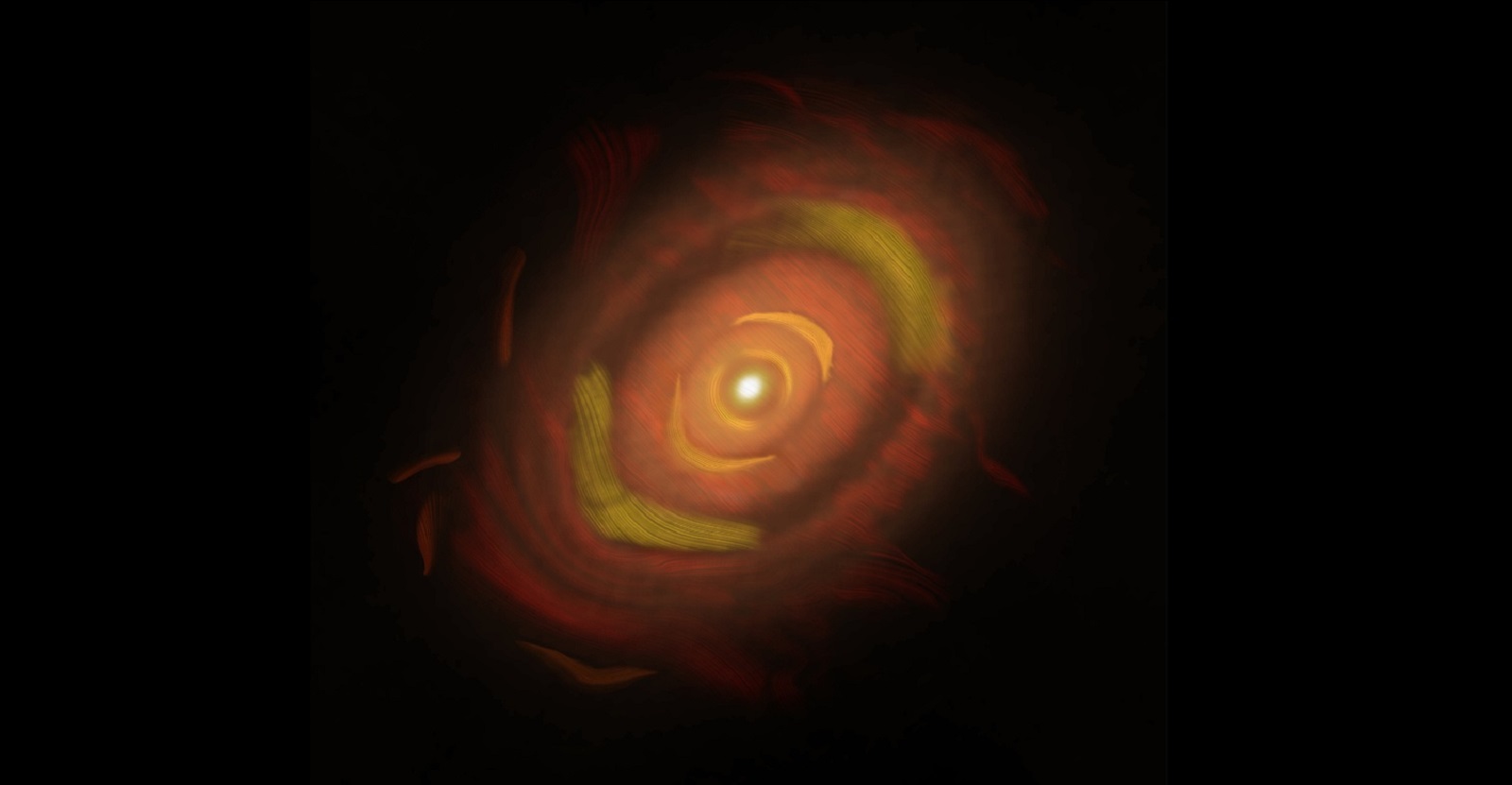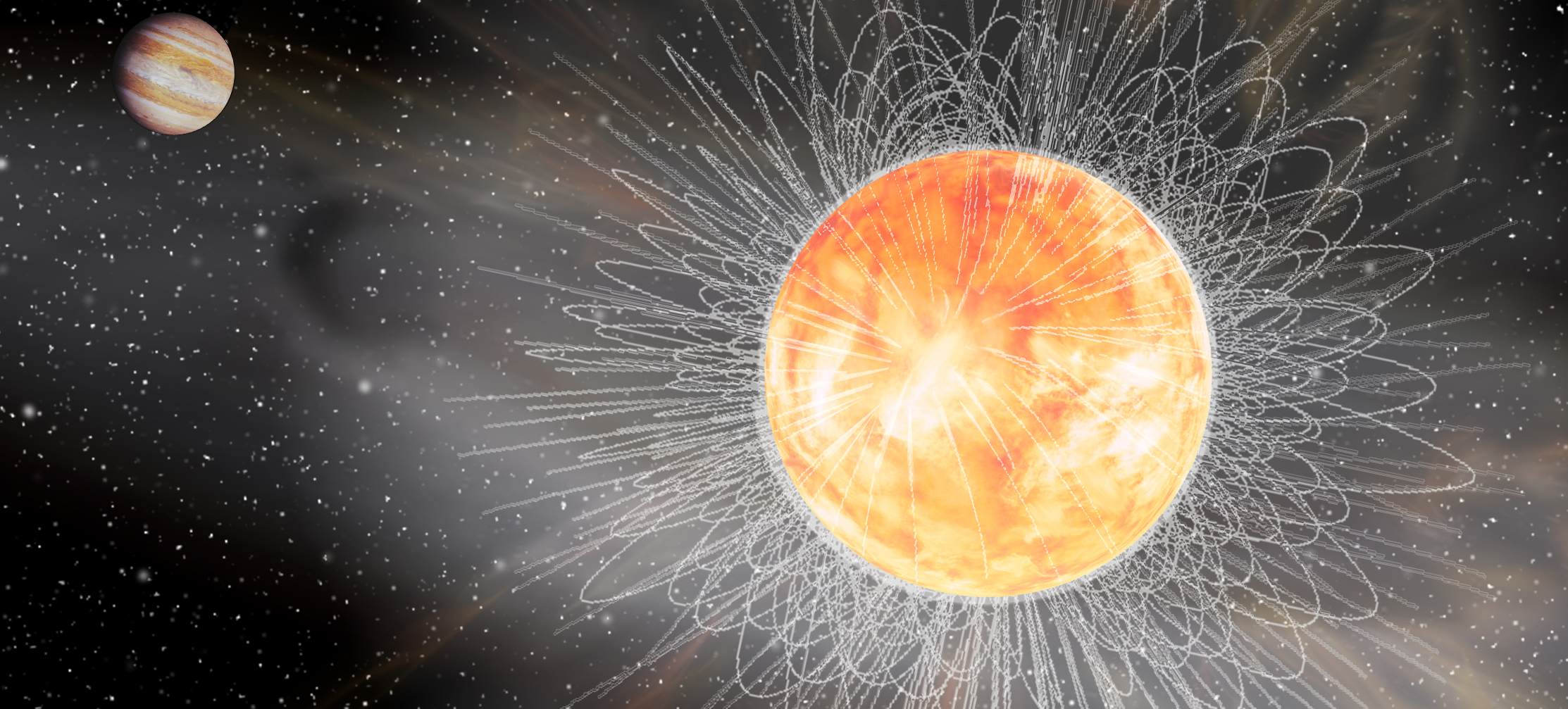how Astronomers just announced Analyzing the data from the telescope, JWST found the source of the very bright gamma-ray burst and connected it to the kilonova explosion, which produces a huge amount of heavy elements such as gold, which many people love.
Everything indicates that the source of this powerful and bright gamma-ray burst is the violent collision of two neutron stars. In this particular type of collision, when leftovers from massive stars explode when supernovae fuse together, elements such as gold, platinum, and uranium are formed. Therefore, if you have gold jewelry somewhere in your house, regardless of its shape and origin, the atoms that originally formed it were formed in such a collision. Elements of this type cannot be formed even in the cores of massive stars.
Read also: A strong collision between neutron stars. An amazing object was created for a few hours
Elements of this type are created in a relatively complex process of neutron capture, in which atomic nuclei capture neutrons, thus turning into new, heavier elements. However, this process only occurs under quite extreme conditions, such as those that occur briefly when two neutron stars collide.
Produce heavy elements only for a short time
But why do we have the James Webb Space Telescope? As it turns out, not only was our new main telescope able to pinpoint this event, but thanks to accurate spectroscopic data, it was able to pinpoint a signal for the formation of new heavy elements. In this particular case, it wasn’t gold, but tellurium.
The discovery of this particular event was also contributed by a gamma ray burst, which astounded astronomers as well. The flare is cataloged under the number GRB 230307A, i.e. recorded on March 7 of this year. It is the second brightest event of its kind ever observed. Although it only lasts 34 seconds, it was accidentally recorded by many different telescopes, thanks to which the researchers were able to locate its source in the sky using the traditional triangulation method.
The James Webb Space Telescope examined the site of the kilonova explosion twice, 29 and 61 days after the gamma-ray burst. Thanks to this, he was able to record a sharp drop in brightness and a change in color from blue to red. According to theoretical models, this is what a kilonova explosion should look like.
A detailed analysis of this point in the sky allowed astronomers to pinpoint the galaxy where the explosion could have occurred. It is about 8.5 million light-years from Earth.
Astronomers point out that the collision could theoretically be recorded with the LIGO gravitational wave detector. Unfortunately, it so happened that the observatory was undergoing modernization at the time of the explosion. Gravitational waves from this event have already passed through Earth and have not been observed. How unlucky.

Echo Richards embodies a personality that is a delightful contradiction: a humble musicaholic who never brags about her expansive knowledge of both classic and contemporary tunes. Infuriatingly modest, one would never know from a mere conversation how deeply entrenched she is in the world of music. This passion seamlessly translates into her problem-solving skills, with Echo often drawing inspiration from melodies and rhythms. A voracious reader, she dives deep into literature, using stories to influence her own hardcore writing. Her spirited advocacy for alcohol isn’t about mere indulgence, but about celebrating life’s poignant moments.










